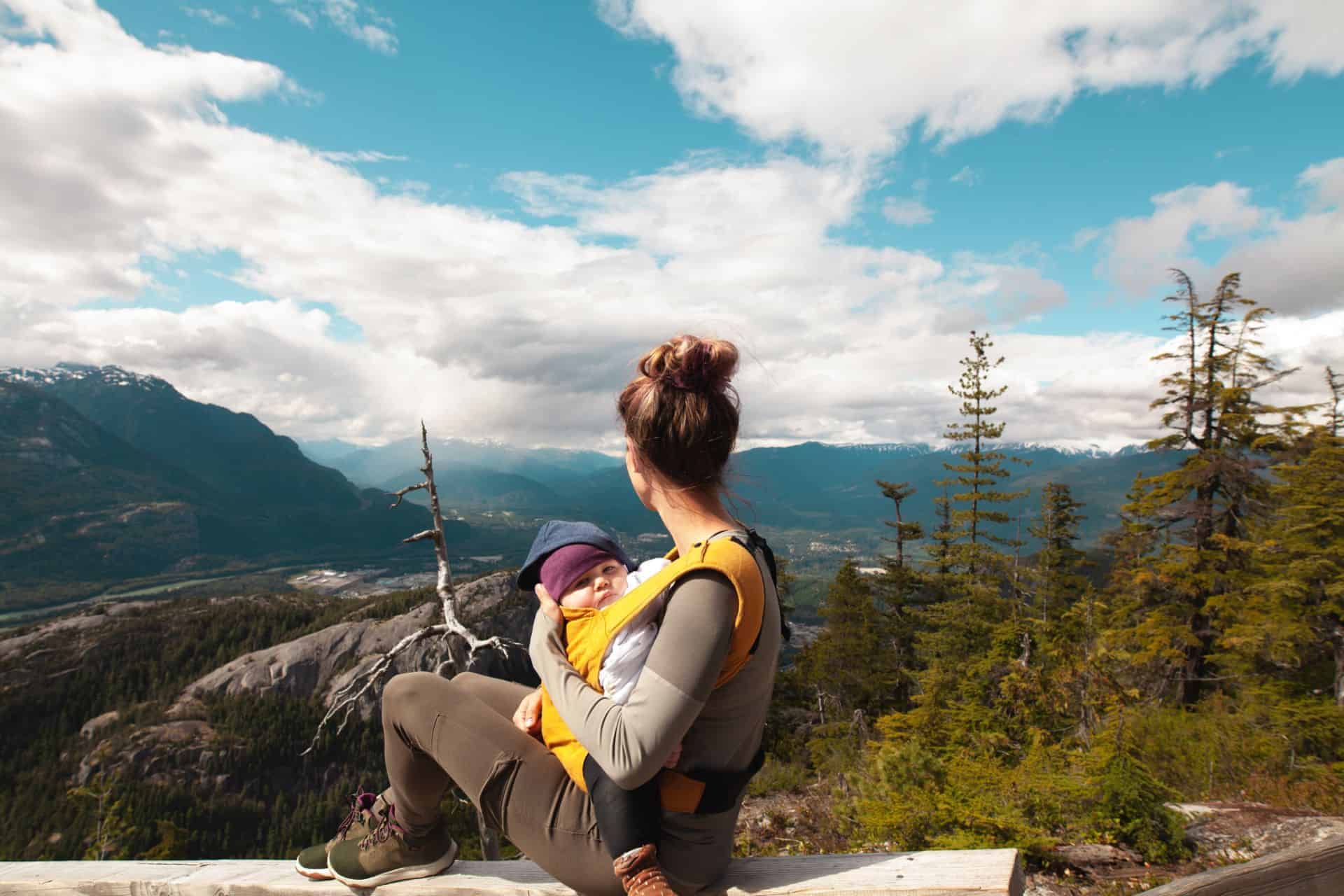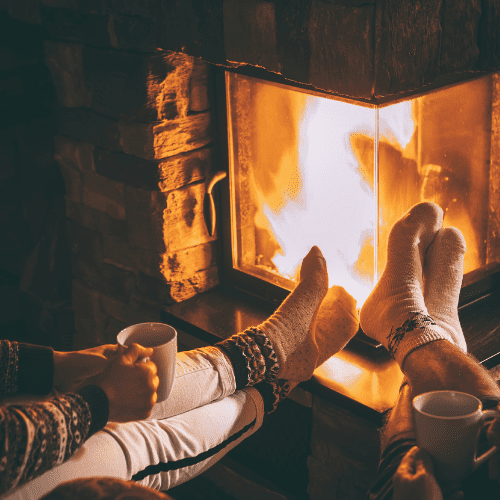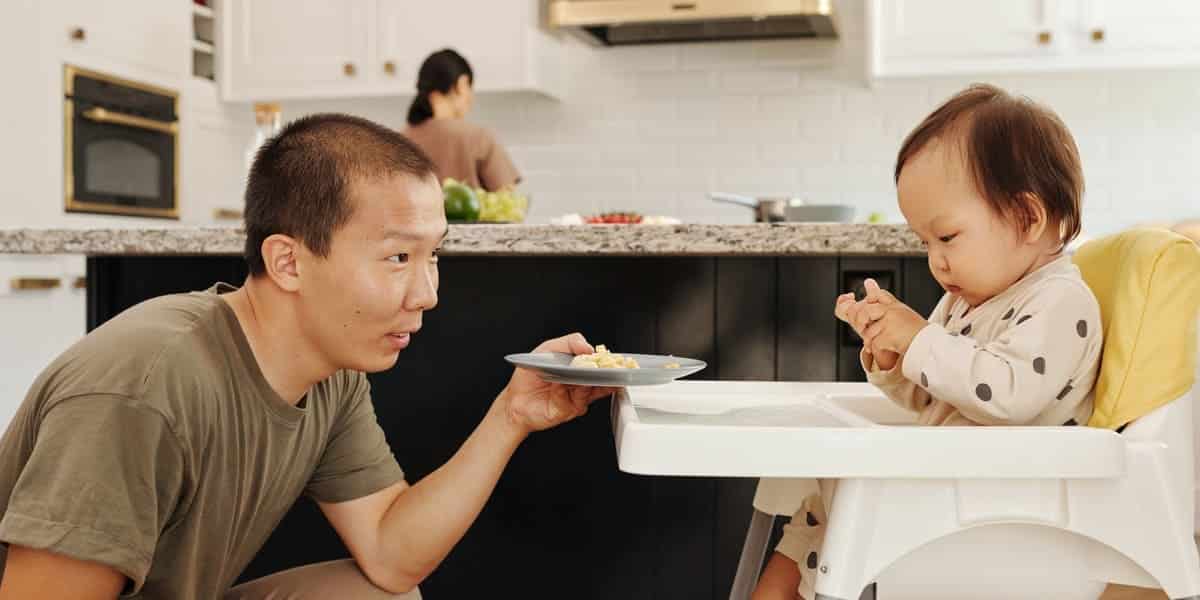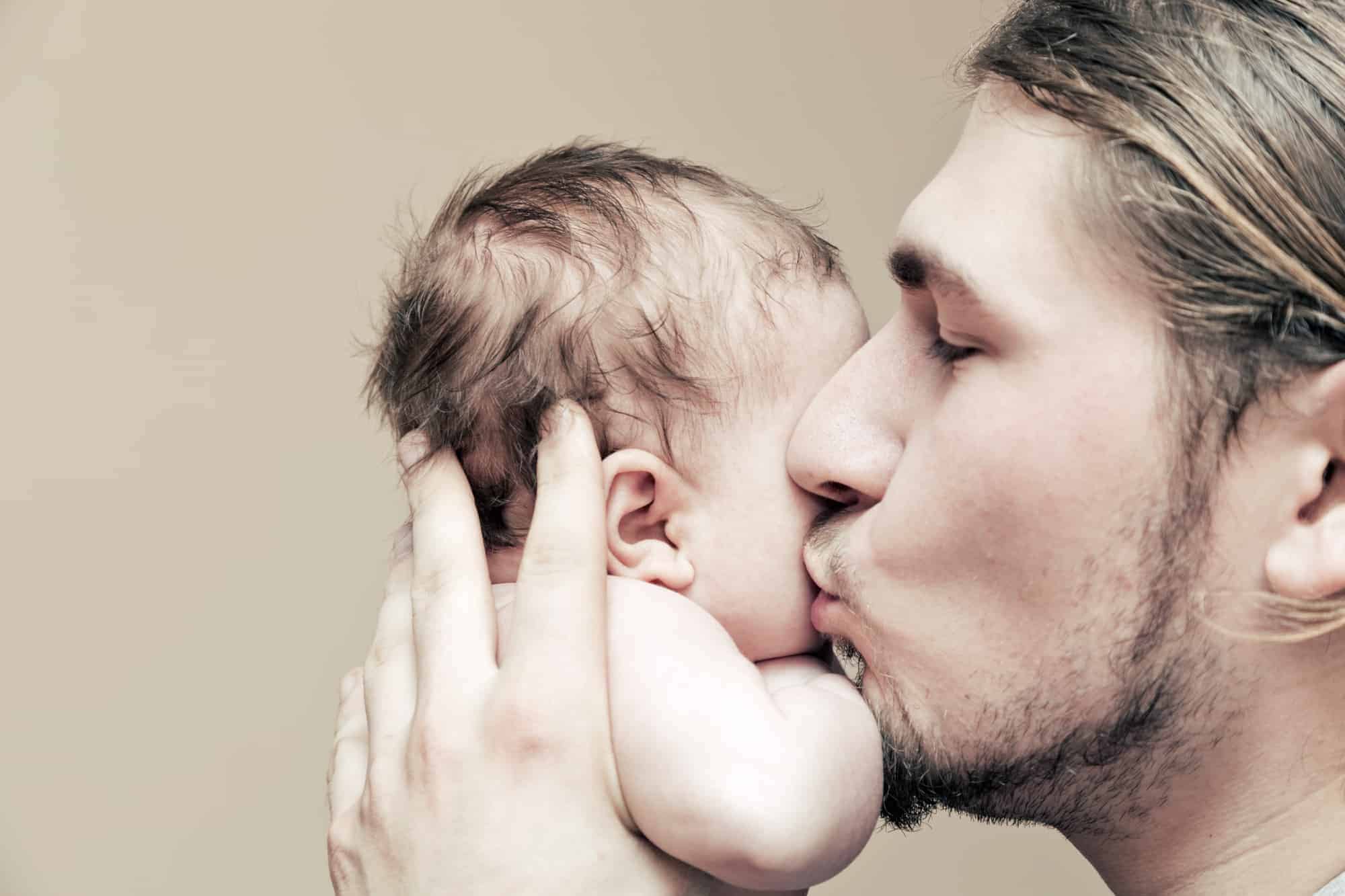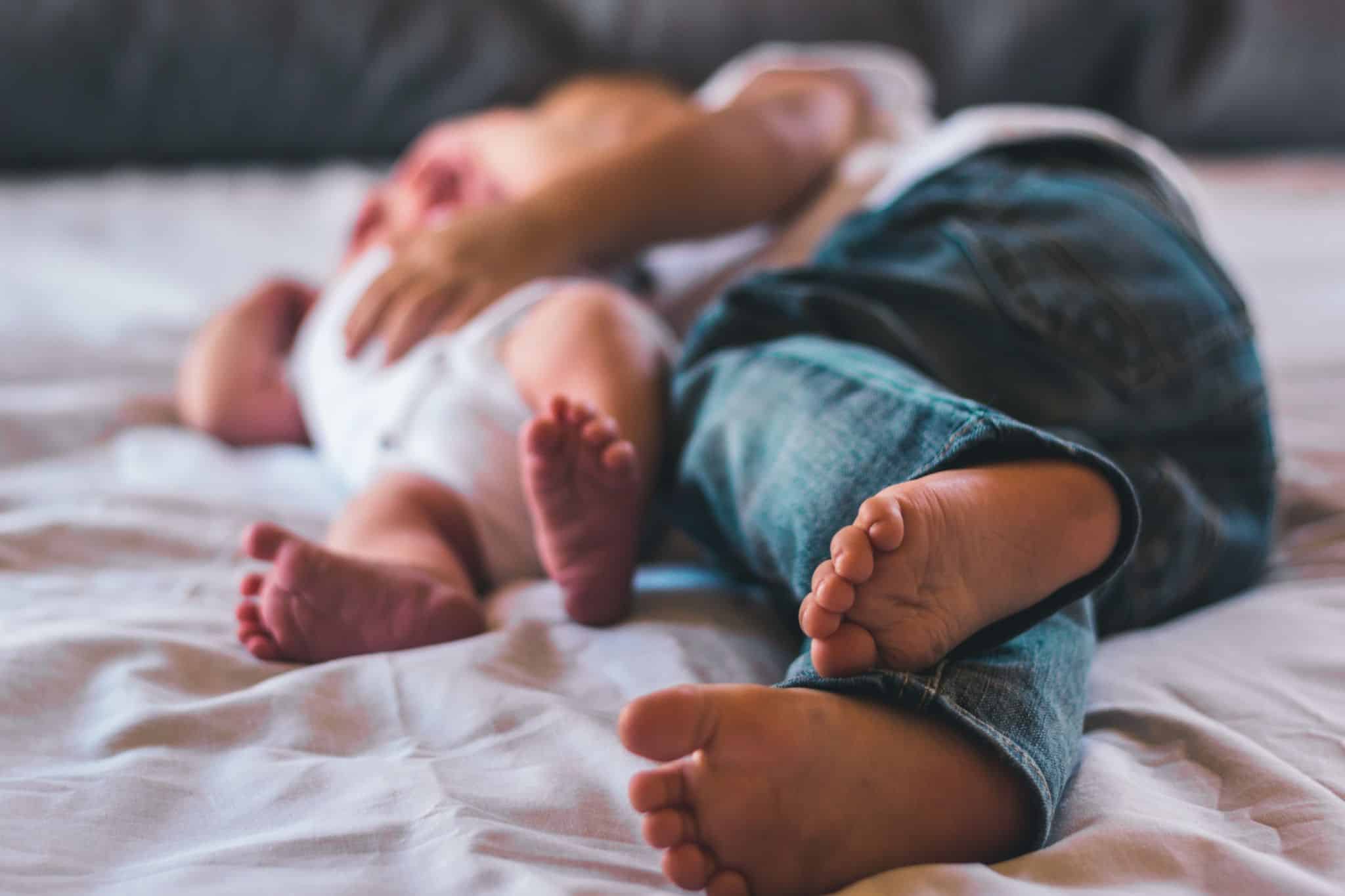Your baby is lying in the crib, while you have your favorite music on. Then you notice his tiny arms and legs are moving in sync with the tune.
Is it possible that your wee one has started to dance? The answer is, yes.
As an Amazon Associate, I earn from qualifying purchases. The links below may be affiliate links. Please read my disclosure policy for more information.
Unborn babies dance in the womb, or do they?
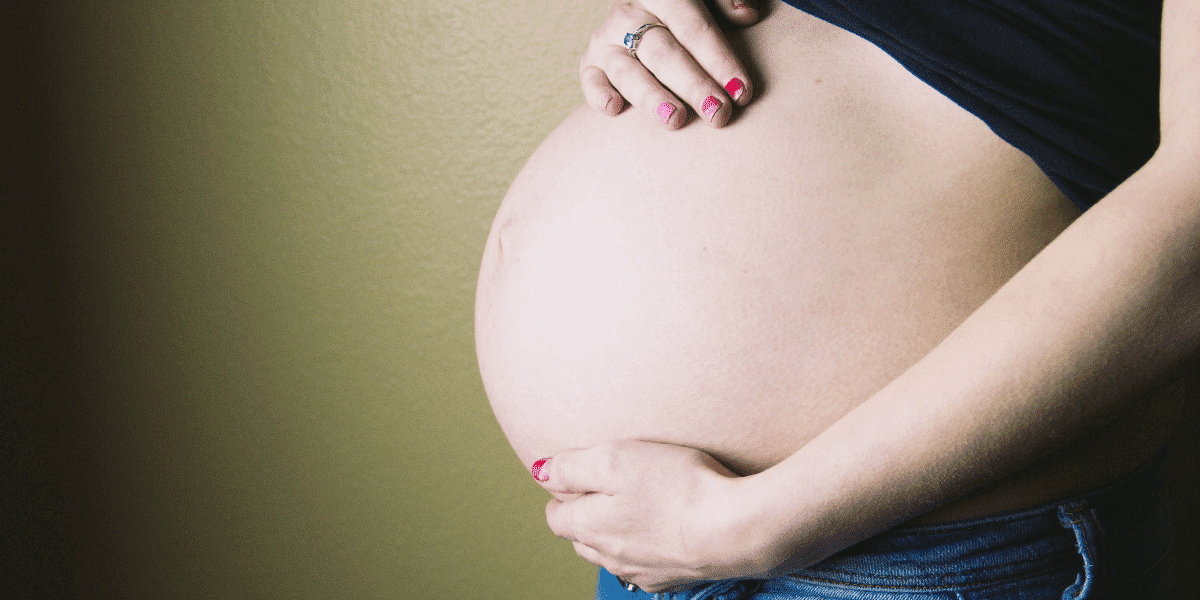
You may find that there are a handful of websites that claim research shows fetuses dance in the womb.
However, the research isn’t well linked to and is near impossible to find. So we can put that in the anecdotal evidence box.
Here is an oft-quoted piece regarding the study (this sample appears on musicbeat.com.au):
“Recent research suggests that unborn babies respond to music 10 weeks earlier than previously believed. In this research, three-dimensional images showed fetuses opening their mouths and sticking out their tongues when music was played.
This has led the researchers to believe that music activated brain circuits and stimulated language and communication within the womb.”
The only thing we get from that excerpt is that unborn babies can pull raspberries in the womb.
That doesn’t mean babies aren’t born without the capacity to get their groove on.
Babies have a natural tendency to dance
Research does show that your wee one is born with an inclination to move to the beat of the music.
Parents can tell you that they have seen their newborn baby move in response to the music they hear. It may be just a tiny tootsie flexing with the tempo, or a hand opening or closing.
But that’s dancing!
Dancing toddlers
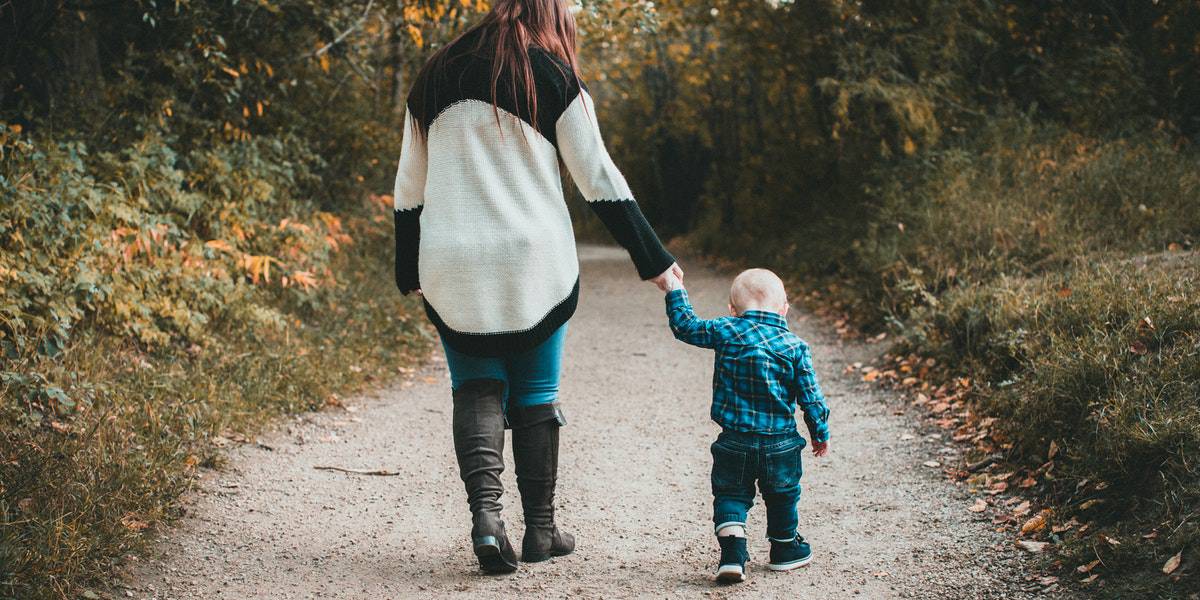
At around 14 months old your child’s motor skills and coordination have developed that wee bit more. With that, their dance movements integrate a nodding of the head and bobbing the body up and down.
When your baby is a year and a half old they can start to pull off some fancier moves. A twirl, swaying the hips and moving side to side.
Arm movements in the dance become more pronounced when your wee princess is dancing.
From two years old, the dancing just gets more and more amazing.
How do you encourage your baby to pull out some moves?
Getting your child to dance
The first thing to point out is that you can’t force your child to dance. They will do it when they are ready.
You also need to pay attention to what motivates them to boogie.
Finding the right music
There is plenty of information online about how babies respond to music. Even while still in the womb, your child reacted to a range of sounds, music being just one of them.
Play a variety of music and see what your child does when she hears it?
Is there excitement and the body starts to suddenly jive to the beat? Or is it more of a “meh” response?
As your wee one gets older you will find that they want to put on their favorite music. Follow that instinct and see what happens.
Let them copy you
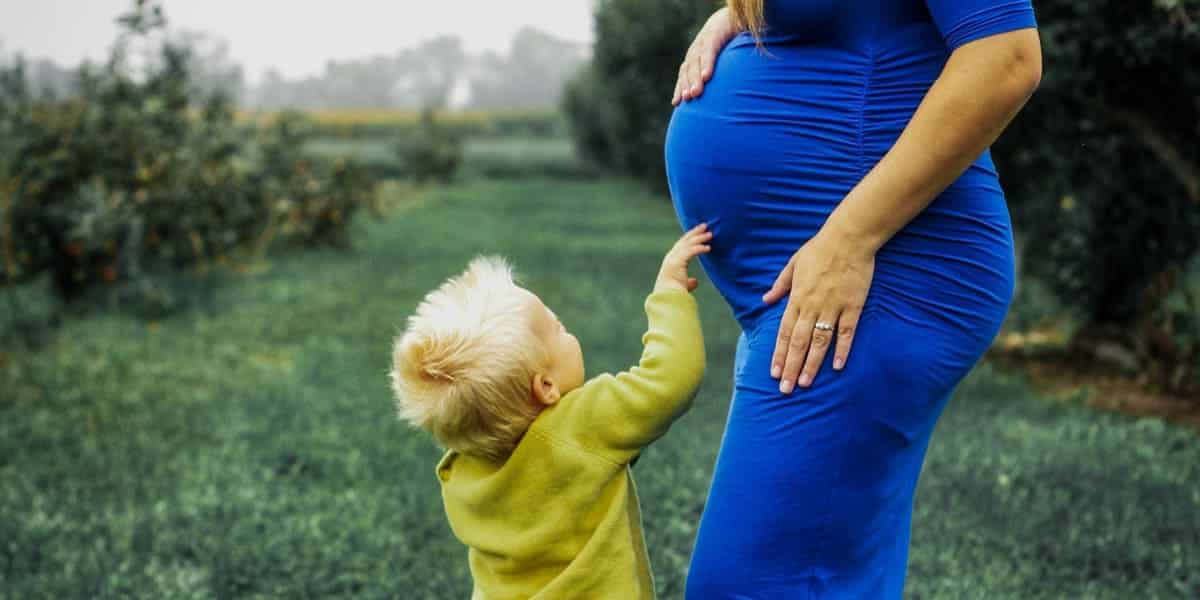
Babies and toddlers learn mainly by observing and copying others around them.
Use this to teach them how to dance. Don’t make it anything too complex, just have fun showing your wee one some crazy dance moves.
If you’re busy, find a video of people dancing that you can display on the TV.
EliKids has some adorable videos for wee ones to bust a move with.
PinkFong has some original videos that are so catchy and energetic. Look out for Baby Shark!
Of course, you don’t want technology taking away from parent-child bonding time.
Your toddler may even want to show you a dance routine they have been practicing!
Introduce some instruments
Baby rattles have a lot of benefits:
- they provide visual and aural stimulation for your child.
- it develops eye-tracking coordination as you move the rattle around
- the motor skills of your baby are strengthened as they reach and grasp the rattle.
- the concept of cause and effect is introduced. Your child knows as they move the rattle (cause) it will produce a sound(effect).
But the advantages don’t stop there. You can use the baby rattle as an improvised instrument.
Shake it rhythmically to the beat of some music and watch how your baby reacts.
Do basic dancing such as nodding your head or tapping your foot (or both) in time with the rattle. Watch for your wee one to mimic your moves.
As they get older, you can replace the rattle with something like maracas or a tambourine. Have your baby dance and play the instrument at the same time.
How does dancing help my baby?
Dancing is a fun and enjoyable experience for your little one. There are other great benefits the activity offers.
Physical fitness
Kids are little bundles of energy. Always on the go and moving. Utilize this by having them dance.
It allows them to burn up excess energy and helps them develop their fitness.
Spatial awareness
This is an understanding of the space around you and where things are located in that area.
As your toddler stretches out their arms and kicks their legs as they dance, this builds up their spatial awareness ability.
Co-ordination
Moving in time to a beat or rhythm helps develop your baby’s coordination.
As they watch you or someone else while learning to dance, their eye-hand skills are built up.
Social skills
If your wee one has started attending a daycare, then chances are they have joined in with a group dance session.
This allows the children to develop social awareness and the fun of being part of a larger community. It’s no longer just a me-and-mom(or dad) thing.
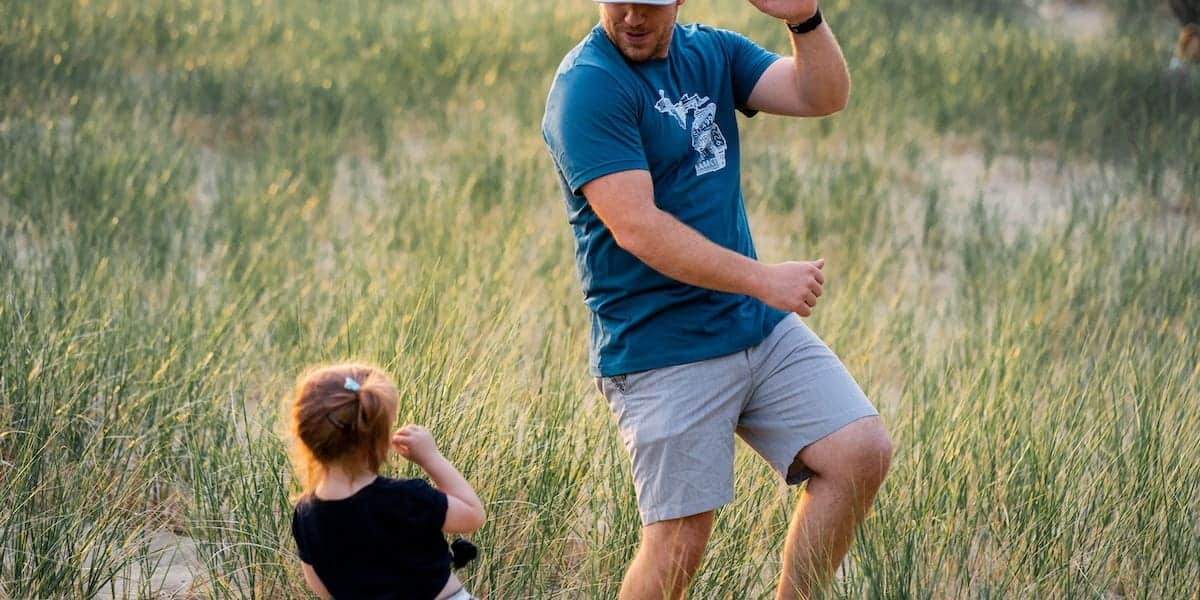
It stimulates creativity
The amazing thing with dance is that it allows one to physically express the music that is being played.
This embodiment of the music can be individualistic and unique. Sure, your toddler may copy your moves at times as you teach them to dance.
However, turn in the tunes and then let your wee one go with the flow. Let them interpret the rhythm and tempo in their style.
Allow them to imagine different scenarios.
One great example is Micheal Jackson and his moonwalk. The way he smoothly glides across the floor is gravity-defying stuff.
You could ask your toddler to imagine they are the ocean. How would it move with the music?
Now, it’s time to be in the forest. What does a forest dance look like?
Let your and your wee ones’ creativity loose.
Dancing is psychologically and emotionally healthy
When your child is feeling down, get them to dance the blues away.
Dancing releases endorphins. These work to trigger the neurotransmitters in the brain that causes one to feel relaxed, happy, and comfortable.
By showing your toddler that dancing helps them cope with negative feelings, you are giving them a healthy skill that will serve them well through life.
That’s top-notch parenting!
Your child learns how to communicate better
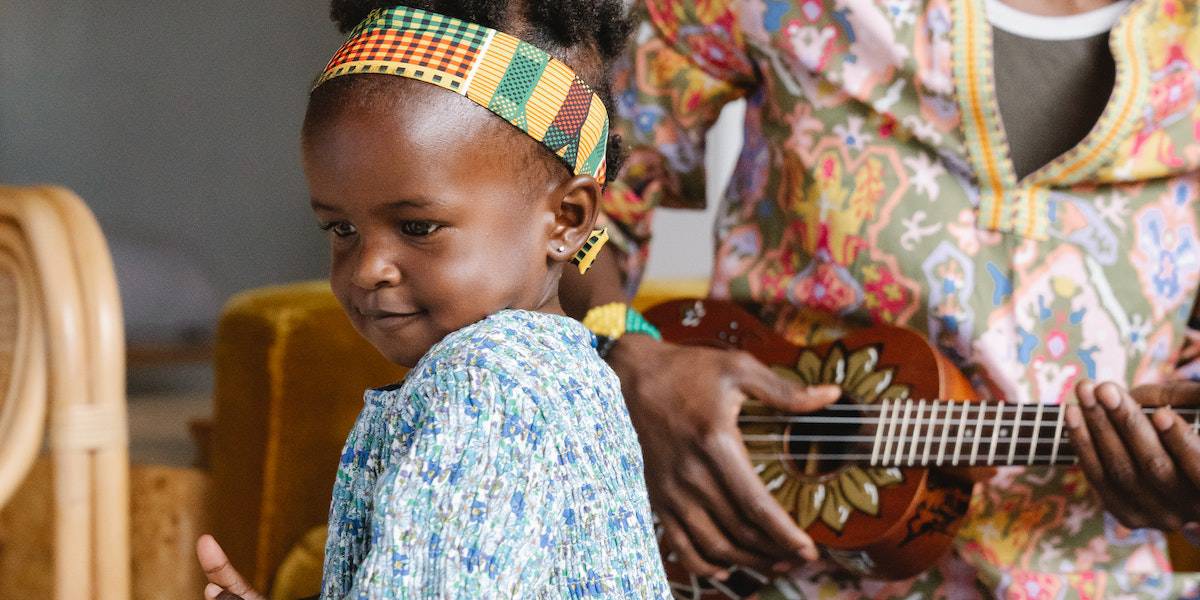
Through their movements, a toddler can express how they are feeling. They can also look at the dance and body language of others and interpret what the meaning is.
This builds up emotional awareness in your toddler which enables them to communicate more clearly.
Listening ability
Dancing requires listening carefully to the music and the cues it provides so one knows when to pull off the next segment of the dance sequence.
That means your toddler needs to pay close attention to what he is hearing.
Also, if you are teaching a new move, your child has to listen to your instructions and guidance.
Should I put my toddler into a dance school?
This is up to you and if you think your wee one would benefit from it.
There are benefits of having your toddler go to a dance school:
- it provides a structure and routine.
- they can socialize with other children and bond over a common interest.
- the teachers are dancers themselves (which is something you may not be!). That allows your wee one to learn from experts
- there is feedback. This helps your toddler learn how to respond to creative criticism.
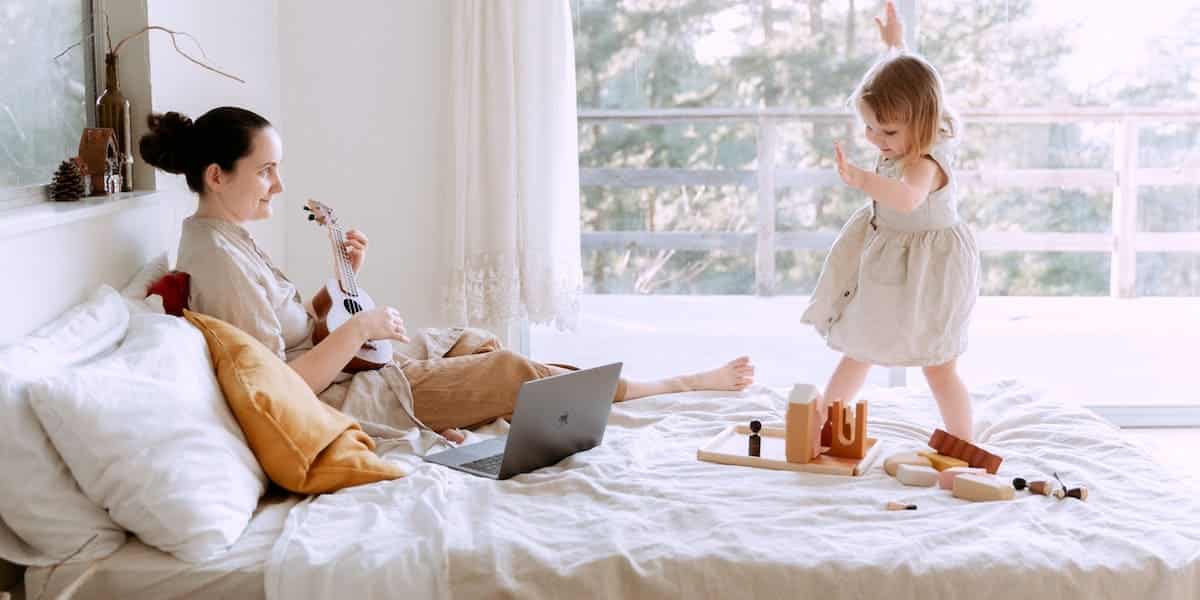
Look at what dance schools are available in your area. Talk to the parents that currently have children enrolled and see what they say.
Ask the school if it’s possible to observe a lesson. Then make a decision.
Remember, dance is all about having fun. If your wee one doesn’t want a bar of dance school, then can the idea.
Your baby can dance!
Babies all have a natural ability to dance. Put on a piece of music and you will notice little movements in time with the beat.
Encourage the activity by having dance sessions with your baby. As they get older they will think that it’s simply part of life around your home.
Dancing isn’t only fun, it’s a great way to release the pent-up feelings your wee one may have.
So, get on the dance floor with your baby!


